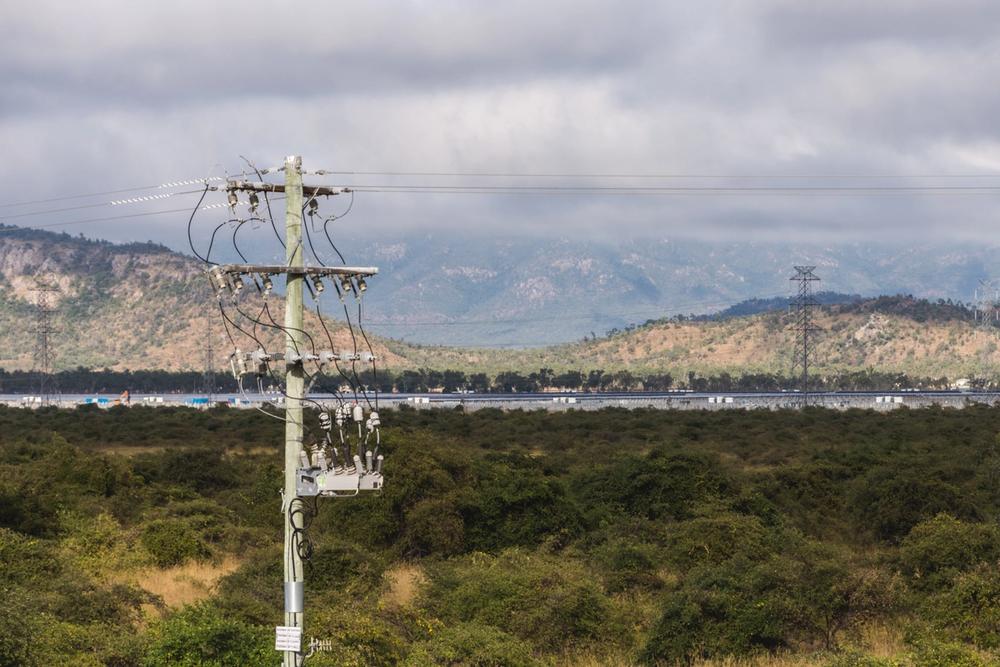Technical Article
Updated 03/2023
Achieving Adaptability in Distribution Network Protection Assets
Portable Algorithm Development deployed in Distributed Automatic Circuit Reclosers
In constant state of flux, Distribution Network Load Characteristics have experienced significant changes in operational parameters. With renewable and distributed generation proliferation on the global electricity network, conventional protection and automation methods begin to lose their selectivity as fault characteristics change.
Fortunately, the reduction of fault magnitude and complexity of power flow can be handled by distribution Automatic Circuit Reclosers such as the NOJA Power OSM Recloser, enabled by the implementation of IEC 61499 Smart Grid Automation – a PLC control standard enabling the development of portable automation applications deployable as feature augmentations into the controllers.
Whilst the standard expected gamut of protection functionality is available in the NOJA Power OSM Recloser RC controller, niche network automation applications often call for additional logic interlocks or signaling for effective automation.

The IEC 61499 standard implemented in NOJA Power’s RC series controllers provides protection, automation and control engineers with access to most status points, analogues and digital signals present in the device. These signals can be combined using IEC 61499 event driven function block logic to combine and create new custom functionality to achieve specific esoteric scenarios not covered by conventional protection. This specificity in control design allows for optimisation of asset performance, designing tailored engineering solutions using a standardised product.

Globally, NOJA Power have witnessed many applications of the IEC 61499 SGA logic in their devices. IEC 61499 is an open protocol, allowing for the development of applications which can be distributed across PLCs, NOJA Power RC controllers or any other devices compliant with the IEC 61499 implementation. Key examples of developed functions include:
- Fault Passage Indication with Voltage Gating. In a low fault current scenario, specific voltage conditions are logically ANDed with the fault current to create specificity of fault detection and mitigate false positives.
- Interlocks of protection functionality. By logically linking certain protection control points, protection engineers can reduce chances of field operational errors by setting multiple protection functions on or off dependent on a single signal. This removes the risk of operator errors in enabling a list of functionality.
- Publishing automation information between interconnected reclosers, providing automation schemes that prevent closing onto faults from other sites when re-switching a network.
The great merit of using IEC 61499 as a standard for this logic system development is the abundance of test environments for the system, along with the ability to deploy the algorithms in future devices and allowing utilities to retain control of their developed algorithms even as technology products evolve.
“The power that our IEC 61499 smart grid automation provides to our customers is the ability to create their own logic functionality without the need for this to be hard coded by programmers at the factory in a new firmware release,” reports NOJA Power Group Managing Director Neil O’Sullivan. “Most of our customers would like us to create new functionality specifically for them, which is not always possible in new firmware releases, but this smart grid automation tool kit provides our customers with the power to do that themselves.”
Want to stay up to date with Electrical Distribution Technology?
Join our list for a free weekly technical bulletin, as we share our Global Electrical Engineering experience directly to your inbox.
Subscribe →